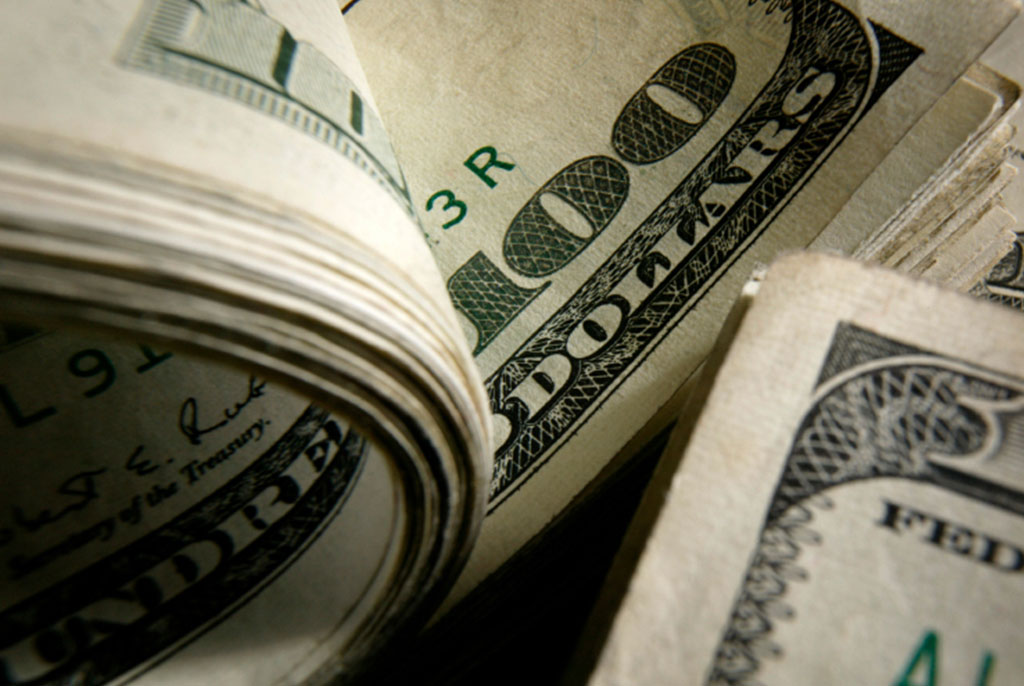SBA loans can provide relief: What businesses need to know

Within a matter of weeks, the coronavirus (COVID-19) outbreak has brought businesses worldwide to a grinding halt. Restaurants have shuttered, hotels have laid off staff, airlines have grounded flights, and widespread closures have rippled across communities. Small and midsize businesses are also feeling the impact, with no indication of when it will end.
In the United States, home to more than 30 million small businesses, business owners are facing a bleak reality and an even more daunting future. In the absence of cash flow, many business owners are facing tough decisions about their employees, customers and long-term survival. Some have resorted to reducing employees’ hours or requesting mandatory PTO, while others are laying off workers in droves.
In a rush to come to their aid, the U.S. Small Business Administration (SBA) is offering low-interest federal disaster loans to small businesses in designated states suffering substantial economic injury due to COVID-19.
Understanding federal disaster loans
Disaster loan programs are not new; the SBA has offered them for decades. What’s new in this instance is that the SBA has reduced barriers to loan qualification. Once a state has made declaration of disaster, all small businesses (as defined by SBA) in that state are eligible for disaster loans. Previously, the loans were limited to small businesses within specific counties where disasters were declared. The White House has also asked Congress for $50 billion in support of these loans, which is unprecedented in U.S. history.
Available through the Economic Injury Disaster Loan program (EIDL), the disaster loans offer up to $2 million in assistance to each affected small business. Funds may be used to pay fixed debts, payroll, accounts payable and other bills that a business cannot pay due to the disaster.
Part of the appeal of an EIDL loan is its attractive rates and terms. For small businesses, the interest rate is 3.75%; for nonprofits, the interest rate is 2.75%. Terms are determined on a case-by-case basis and may include repayments of up to 30 years. To qualify, small businesses need to determine if their state is eligible for the funds and make an application online. Unlike SBA 7(a) loans, which are provided by banks designated as SBA lenders, disaster loans are directly provided by the SBA.
Hurdles to overcome
Although SBA disaster loans offer attractive terms for small businesses, they aren’t necessarily the best solution for business owners who need capital urgently. In part, that’s because the SBA needs time and personnel to process what they expect to be an overwhelming number of small business applications.
In addition, it’s not yet clear how the disaster loan process is going to work. Typically, the SBA will go out into the field to process loans onsite, such as in the case of a natural disaster. But given the national scope of this economic crisis, that procedure isn’t realistic.
“The magnitude of this situation is unprecedented,” says Ethan W. Smith, managing partner at Starfield & Smith, P.C., who specializes in SBA law. “The SBA will work hard to get loans to small businesses, but it hasn’t been tested in this way before.”
What business owners should do
If you’re a business owner facing financial distress, applying for a federal disaster loan is a good idea — even given the program’s potential delays. But you shouldn’t stop there. “Look at all your options,” advises Smith. “You want to find the solution that is going to hit the sweet spot between terms and delivery speed.”
To find out what’s available to you, first go have a conversation with your local banker. Review your existing line of credit and any current loans and discuss options for repayment. Most banks will be eager to work with you rather than risk a loan default. Also, talk to them about options for other private loans.
Second, explore loans through the SBA’s primary lending program, the 7(a) loan program. The Standard 7(a) loan, for example, has a maximum loan amount of $5 million, while a 7(a) Small Loan has a maximum of $350,000. The SBA Express loan has a maximum loan amount of $350,000 and new legislation has proposed raising that amount to $1 million.
Third, remind yourself that more relief is likely on the horizon. The House and Senate are currently reviewing new legislation to get more aid to small businesses and give banks more tools to support small businesses.
“There’s not going to be a single solution to this crisis,” notes Smith. “We’re going to need all the tools in the toolbox to help small businesses get through this.”
Related reading
Category : Financials

